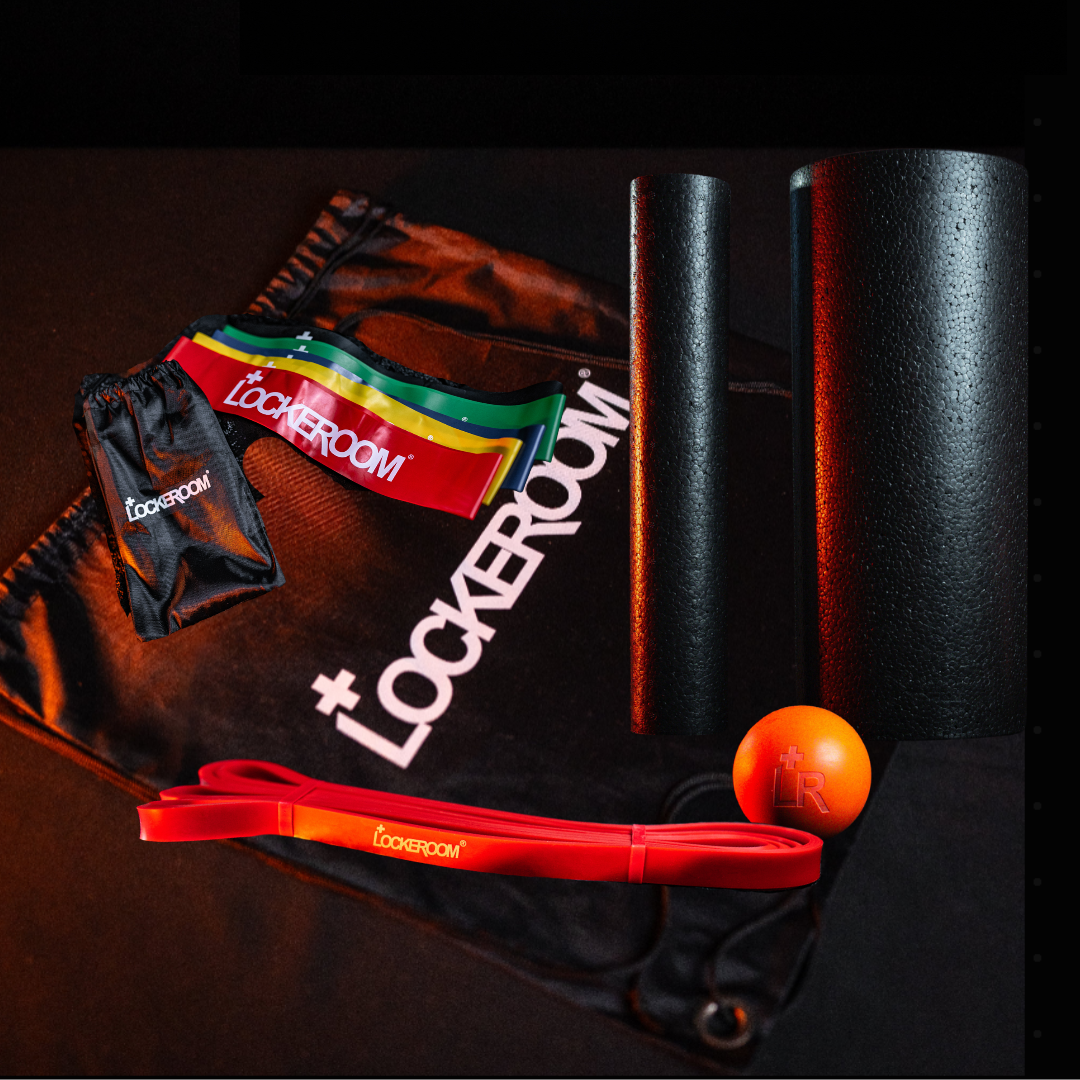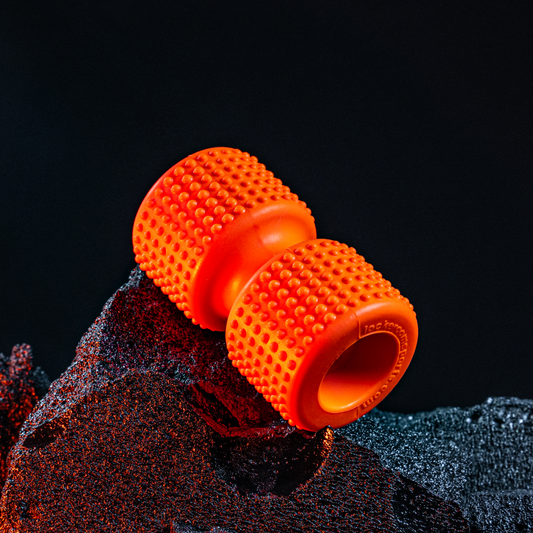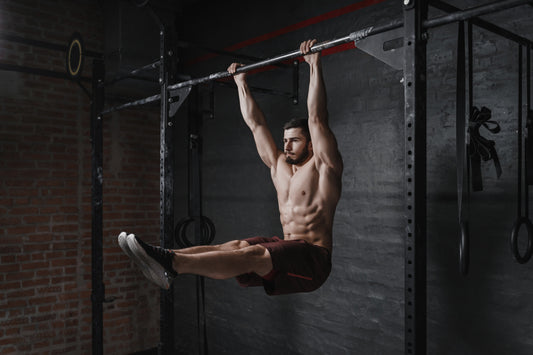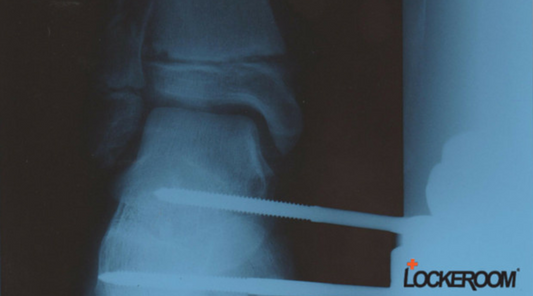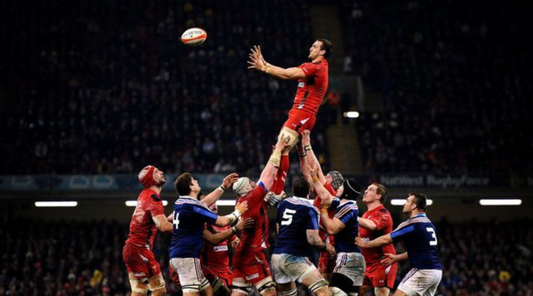
Q&A with Cam
Learn what might be behind your symptoms
What are the interscapulae muscles and why are they so important?
The scapula or shoulder blade is a bone in your shoulder. It is one of three bones that forms your shoulder joint. It connects your clavicle (collarbone) to your humerus (upper arm bone)
The two main muscle groups in the interscapular region are the trapezius muscles and the rhomboid muscles (major and minor).
The trapezius muscle starts at the base of the neck, spreads across the shoulders, and extends to the middle of the back. It is divided into upper, middle and lower Trapezius. The Rhomboid muscles are also a large group of muscles in your upper back. They consist of the rhomboid major and the rhomboid minor. These muscles form the shoulder girdle that holds your shoulder blade and shoulder stable.
The trapezius muscles elevate (lift) & depress (lower) the scapula. Rhomboids retract the scapula towards the middle of your back.
How often do you treat these muscles in the clinic?
Often!
While the shoulder blade is very strong, the muscles, ligaments and nerves underneath and surrounding the shoulder blade are susceptible to strain and injury.
Most cases of acute pain around the shoulder blade are caused by activities, sports or posture that weaken the muscles and ligaments that attach to the scapula. The Interscapular muscles can be affected by poor posture, overhead lifting (gym), repetitive activities (overhead painting),cervical discal injuries, facet and costovertebral joint strains, rib injuries and even vertebral compression fractures.
It is also an area that needs to be considered as part of a treatment plan in EVERY shoulder joint injury.
What does interscapulae muscle tightness feel like? How do I know I have it?
The most common symptoms include:
- Pain and/or tenderness around the scapula, especially on the top and medial (inner) border.
- Weakness in the affected side arm.
- Occasionally your arm may feel tired or 'dead' when you try to use it .
- Your arm may also fatigue with repetitive activities, especially overhead movements.
What other conditions can cause interscapular pain?
Many neck, thoracic spine and shoulder problems can give rise to secondary pain in the inter-scapulae area. In these cases the primary problem is often felt in the affected area, with radiation to the inter-scapulae region.
Pain from a cervical disc disease can radiate to the inter-scapulae area, as well as down the arm.
How do I get rid of the muscle tightness and stop it coming back?
As with every painful condition, ensure you have an accurate diagnosis first. Visit a physiotherapist or musculo-skeletal specialist for this.
Following diagnosis, a usual management program will involve
- mobility exercises for your Thoracic spine (Posture Pro)
- stretching exercises for Latissimus Dorsi muscles (Stretchband)
- strengthening for Trapezius and Rhomboids (Powerbands)
- Core stability exercises for overall support are always important (Posture Pro Dome)







